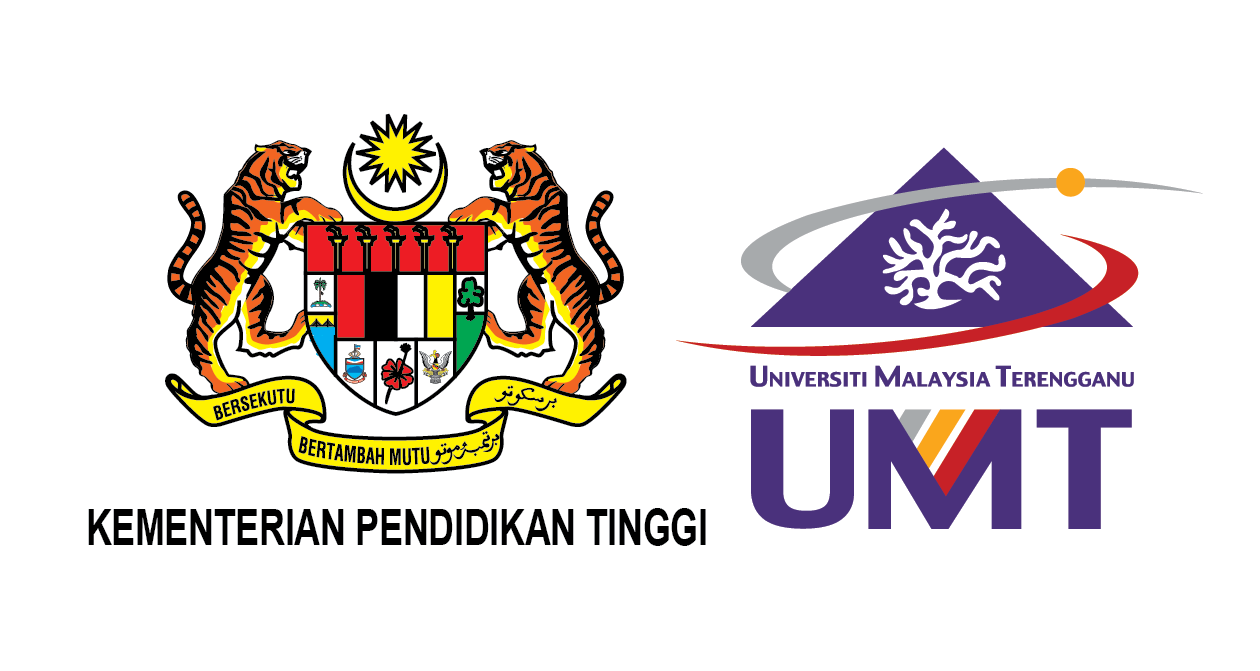Please use this identifier to cite or link to this item:
http://umt-ir.umt.edu.my:8080/handle/123456789/7004Full metadata record
| DC Field | Value | Language |
|---|---|---|
| dc.contributor.author | P. K. DUTTA | - |
| dc.contributor.author | O. P. MISHRA | - |
| dc.contributor.author | M. K. NASKAR | - |
| dc.date.accessioned | 2017-10-04T04:08:32Z | - |
| dc.date.available | 2017-10-04T04:08:32Z | - |
| dc.date.issued | 2013 | - |
| dc.identifier.issn | 18238556 | - |
| dc.identifier.uri | http://hdl.handle.net/123456789/7004 | - |
| dc.description.abstract | It is, by now, well recognized that earthquake disaster analysis always yields some amount of “impreciseness” or “vagueness” or “fuzziness” due to heterogeneity in the underlying phenomenon, and/or explanatory variables, and/or response variable. Therefore, for a more realistic modelling, there is a need to incorporate this aspect in traditional models like weighted linear regression models. The present paper analytically examines some of the modern seismological earthquake algorithms used for analyzing seismo-electro-telluric-geodetic data used across the globe. The main techniques discussed are probabilistic models, precursor models, neural networks, active fault models, bayesian belief network and decision trees which provide primary solutions to the problems inherent in the prediction of earthquakes. In the study for earthquake occurence as we encounter multiple variables processes having mutual contact and mutual attributes we have devised a procedure for fnding quantitative relationship estimated by missing values and coarsely discretized data value and the total error of the sample data between these variables through weighted regression.The objective of the study is interpreting the spatio-temporal properties of geographical objects with the help of regression equations and fuzzy rules for fnding interconnectedness among the attributes for underlying physical phenomena of seismic behavior. We would conclude with a summary and some thoughts on future research in the area. | en_US |
| dc.language.iso | en | en_US |
| dc.publisher | Journal of Sustainability Science and Management | en_US |
| dc.subject | Earthquakes | en_US |
| dc.subject | precursors | en_US |
| dc.subject | soft computing | en_US |
| dc.subject | prediction | en_US |
| dc.subject | algorithms | en_US |
| dc.subject | fuzzy analysis | en_US |
| dc.subject | regression | en_US |
| dc.subject | best-ft | en_US |
| dc.subject | rule induction | en_US |
| dc.title | A REVIEW OF OPERATIONAL EARTHQUAKE FORECASTING METHODOLOGIES USING LINGUISTIC FUZZY RULE-BASED MODELS FROM IMPRECISE DATA WITH WEIGHTED REGRESSION APPROACH | en_US |
| dc.type | Article | en_US |
| Appears in Collections: | Journal Articles | |
Items in UMT-IR are protected by copyright, with all rights reserved, unless otherwise indicated.

